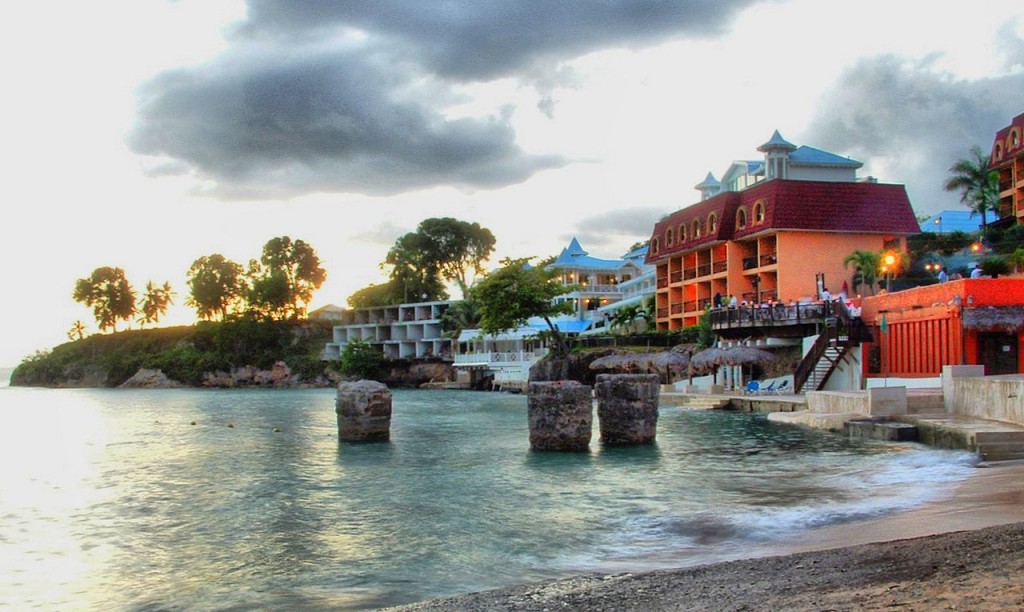
The Sosúa Bay Club in Sosúa, Puerto Plata. Photo by eaulive licensed Creative Commons Attribution.
My memories of yearly visits to the Dominican Republic are dominated by my senses: the smell of the ocean while running through the waters of Boca Chica; the feel of the rough terrain of La Península de Samaná; the taste of afternoon espressos served in the backyard of our family home; and the impossible-to-ignore sound of merengue transcending the decades. The adventurous traveler has an abundance of opportunities, such as hiking the mountain ranges in Jarabacoa or canyoning down amazing waterfalls in DamajaguaIt can’t go unnoticed that the Dominican Republic truly is a country of synchronized contrasts. It is a country of great antiquity and promising modernity but one deeply rooted in tradition and cultural pride. It is a land where lizard-inhabited deserts, coconut grove beaches, and mountainous peaks coexist. The Atlantic Ocean on the northern coast and the Caribbean Sea on the southern coast rock and sway as if dancing to the beat of a romantic bachata.Peaks and dales continue the curvaceous trend inland until the sultry heat and thick brine of the ocean air give way to the cool mountain breezes of the Cordillera Central — the mountain range home to the Caribbean’s tallest peak, Pico Duarte. In the bustling capital city of Santo Domingo, 16th-century architecture sits alongside trendy bars and restaurants on the narrow cobblestone streets of Ciudad Colonial.
The Dominican Republic was the fountainhead for the New World and has given the western hemisphere many “firsts.” The first paved road, the first hospital, and first university. But along with these impressive beginnings, the Dominican Republic owns a tragic history with the genocide of the Taíno people, troubled Haitian/Dominican relations, and a brutal 20th-century dictatorship.
Most tourists flock to the country for its famous white-sand beaches, which teeter on the cliché of a postcard metaphor, but the Dominican Republic offers more. It is home to the world-renowned windsurfing capital of Cabarete, white-water rafting on the Río Yaque del Norte, diving among some of the Caribbean’s best-preserved reefs, a raucous Merengue Festival in Santo Domingo, and whale-watching in the Bahía de Samaná. In the underbelly of the island Taíno history is evident, with some of the best examples of rupestrian art in the Caribbean at Reserva Antropológica El Pomier and Cueva de las Maravillas.
The adventurous traveler has an abundance of opportunities, such as hiking the mountain ranges in Jarabacoa or canyoning down amazing waterfalls in Damajagua. Regardless of which region you choose, or what you seek, the Dominican Republic’s recreational grab bag makes it a dynamic destination that offers something for every kind of traveler.